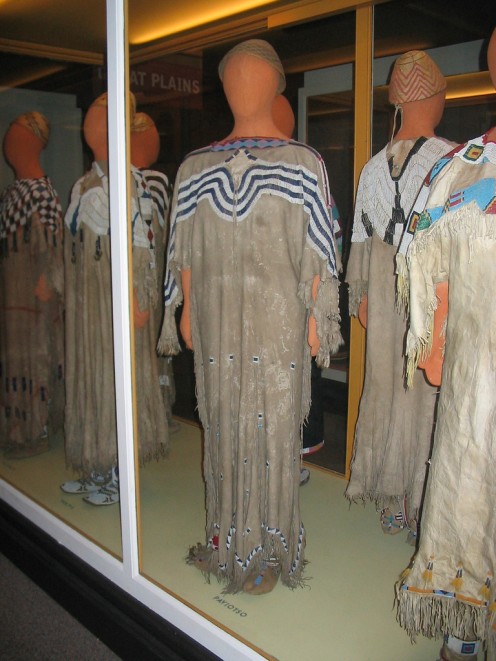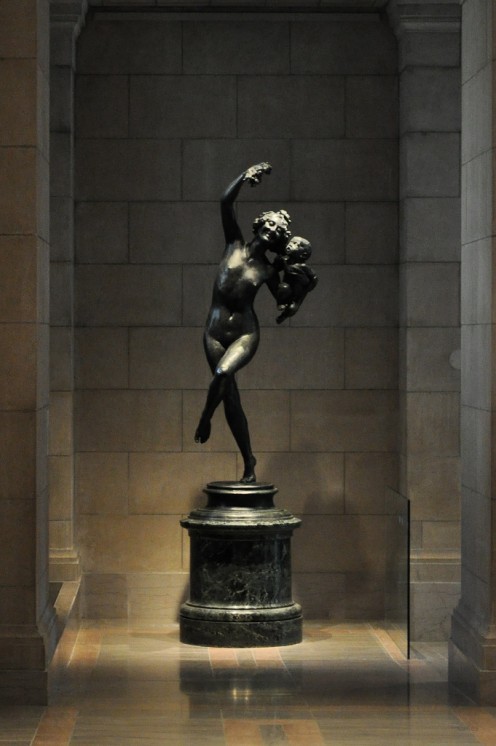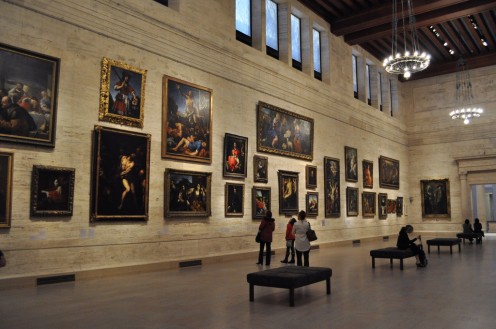What Museums Aren't Telling You
If you're anything like the average tourist, museums represent the past locked up in glass cases and neatly displayed with absolute certainty about an item's place and purpose in ancient life. You'd never think there is a wealth of knowledge a museum won't be telling you about their collection. All museums strive to educate their visitors, but the approach the museum takes to the task of informing the public varies between institutions. For example, there is a wide disparity between the information provided in art museums versus historical collection museums.


Theory on Display
Museum displays are not haphazardly thrown together as a collection of associated objects. Serious study, research and planning is done on every item in the collection. It is the overall intent of exhibits that changes how the objects are displayed and what information is shared.
Most historical museums are concerned with presenting a large progression or cultural segment, what is considered low level classification and description. To this end, their cases might be filled with time lines and rows of pots that correspond to the various developmental periods in Pueblo civilization. The purpose of these displays is to establish a link between past and present by demonstrating the evolution from then to now and infer how it continues further into the future. The individual is often missing; the focus is entirely on the group. Yet the group is generalized. This provides a general over-arching theory about the subject matter. The visitor walks away with a whole picture of a large time period or civilization.
On the other hand, art museums generally make no grand claims about the cultures from which their works originate. They use fewer artifacts, sometimes only three or four, to make a small statement about a specific tradition or time period. Each item is individually lit and placed to reflect it's best features. A didactic label accompanies each piece, often with a paragraph describing it's nature, purpose, background information and stylistic references, along with the artist's name, if known. No assumptions are given about the society from which the art came. Individuals are evident. This type of exhibition encourages in-depth look at the individual objects and the visitor walks away with a memory of individual artists or works.
Drawbacks to Exhibiting Theory
Depending on what the emphasis is - group or individual - the visitor is missing out on some valuable information. When presenting large general theories, the individual is often lost. Cases may be full of the things a culture made but each individual item's purpose and provenence is lost. This may even lead to misinformation. For example, in the old version of the Field Museum's Mesoamerican exhibit, a square carved stone box was labeled simply "Heart Box". In actuality, the item was used for baking bread. In this case, the museum is reinforcing the brutal stereotype of heart-eating, foisted upon the Aztecs from the time of conquest. Often historicized gender stereotyping occurs where men and women are not represented equally or realistically.
However, in the art displays there is often no theoretical common thread to tie the whole collection together other than an artist's personal gallery. It is more difficult to walk away with a cohesive picture of an artistic tradition or time period. Also, art museums rarely feature the common, everyday person. In a historical museum there is generally a balance between common folk and the elites.

The Future of Museum Displays
Museums do not exist in a vacuum. In the last 20 years there has been a re-evaluation of museology and design theory. Art and history have made extraordinary efforts to merge their theoretical styles together and so present the museum visitor with a more complete picture of their collections. However, even if an exhibit manages to seamlessly meld individual and group, detail and big-picture, there is still something the museums can't show you. There is not enough floor space to see everything they hold in trust. In any given institution only 10-20% of the collection is on display at one time! Therefore, make sure to visit your favorite museums on a regular basis and see what old masterworks have been newly presented for your education.








